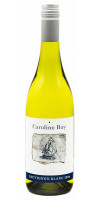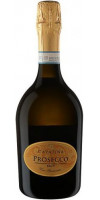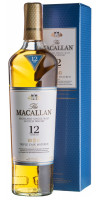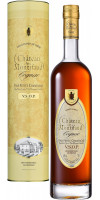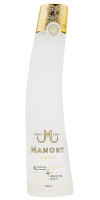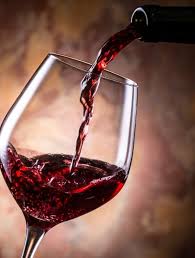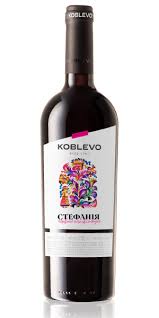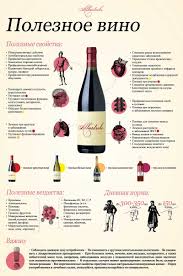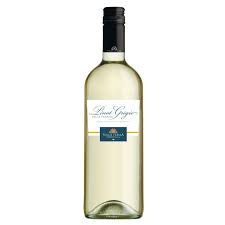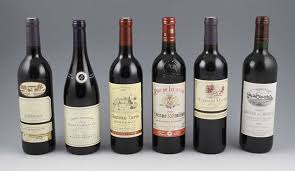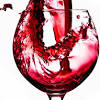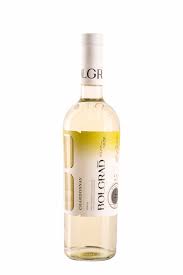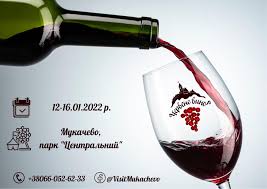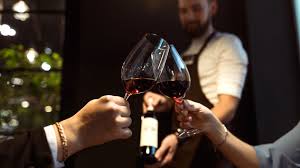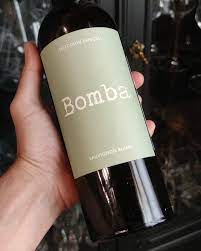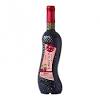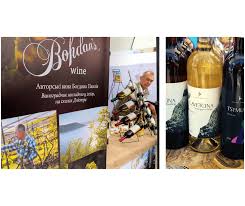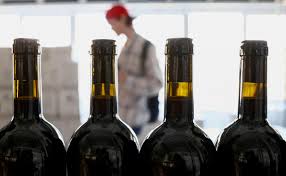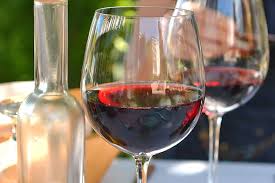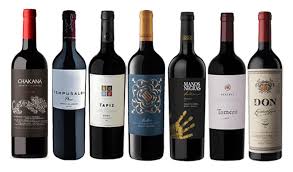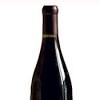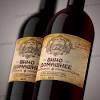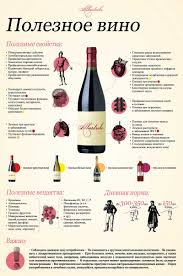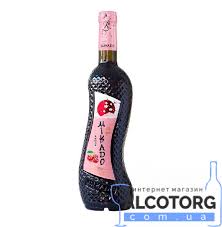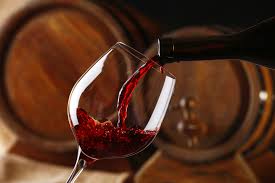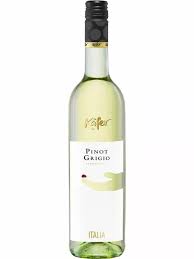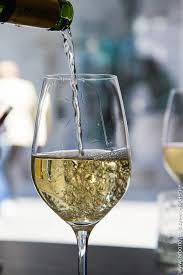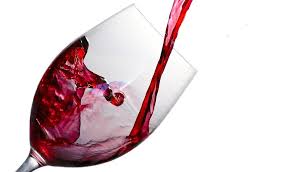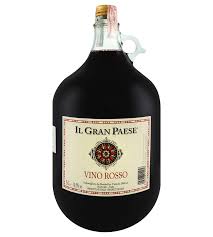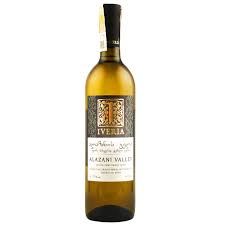
Спасибо за регистрацию в WineRow!
Вы будете уведомлены по электронной почте, как только Ваш Личный Кабинет будет активирован администрацией магазина.
Если у Вас есть какие-то вопросы, пожалуйста напишите нам.
Вы вышли из Личного Кабинета.
Ваша корзина покупок была сохранена. Она будет восстановлена при следующем входе в Ваш Личный Кабинет.
вине квет красное бренд кафе културе
In 1804, the Sudak School was founded, and in 1812, the Nikitsky Botanical Garden, which is associated with the development of viticulture and winemaking in Ukraine. At the Nikitsky Botanical Garden, a vine-production training and experimental demonstrative farm "Magarach" was organized, on the basis of which the Institute of Vine and Wine was created. In the Kherson province at the end of the 19th century, Prince Trubetskoy planted 200 acres of vine plantations on his estate in the village of Kazatskoye. At that time, several large vineyards and wineries were also created near Odessa and Nikolaev. In Odessa in 1905, V.E. Tairov organized a wine-making station (now the V.E. Tairov Institute of Viticulture and Winemaking). И виноград этот, что немаловажно не был завезен римлянами или греками, как во Франции или Германии. Он был местным и не диким, а окультуренным. Почему есть множество археологических и исторических доказательств? Более того, еще до фракийцев трипольцы умели производить вино, а они, как известно, жили между 5 и 3 тысячелетием до н.э. на территории современной Украины. Да мы не грузины, история виноделия которых насчитывает около 8 тысяч лет. Но мы можем утверждать, что когда предки современных немцев или французов бегали по всей деревне с палками, чтобы поймать кабана на ужин, наши предки уже пили вино в побеленных домах. Что очень важно. Ибо где виноградник есть культура, там нет места для варварства. In general, German colonists, primarily Saxons, significantly contributed to the development of viticulture and winemaking in Ukraine. Such well-known wine-making centers as Bereghovo (Beregsas), Zalishchyki, Kamianets-Podilskyi had entire German quarters. In particular, 42 families of Saxon Germans were relocated to Kamianets-Podilskyi at the beginning of the 19th century, for the development of viticulture in the region. What can we say about Galicia, which the Germans began to colonize in 1773. In Lviv and its surroundings, wine was made not only from foreign grape varieties. One should also pay respect to indigenous (autochthonous) grape varieties, which were traditional for this region. Thus, the Dublyansky grape variety (derived from the name of the city of Dublyany) is a local variety of vitis vinifera. And it is quite possible that even the kings of Russia drank wine from it. Moreover, wines from this grape variety are gaining more and more popularity and take prizes at thematic competitions.
По мне пьётся тяжело, наверное, надо разбавлять льдом или водой. ...
Дмитрий 07.01.2021
Лучший двенадцатилетний виски. Вкус мягкий, с приятной, не приторной сладостью. ...
Андрей 12.10.2022
Хорошее сбалансированное и зрелое вино с приятными нотами ванили и шоколада в бу ...
Маша 08.08.2022
Виски – крепкий алкогольный напиток с собственным характером. В составе присутствуют спирты ячменя, пшеницы или ржи. Производят также виски из кукурузы. Разнообразие видов и сортов огромное, так что в нем не трудно потеряться
ЧитатьСегодня в мире существует 4500 сортов красного вина, что предполагает невообразимое множество вкусов, ароматов и волшебное сочетание нот композиций
Каждый год 4 августа отмечают день рождения шампанского. В этот праздник принято открывать бутылку хорошего игристого и не спеша наслаждаться напитком
ЧитатьМясная гастрономия очень разнообразна. Она не только включает в себя виды основного продукта, но и сотни блюд
ЧитатьЧасто бывает, что в бутылке остается недопитое вино. Конечно, возникает логичная мысль – поставить его в холодильник, чтобы сохранить до следующего повода. Однако...
ЧитатьМногие любители крепких напитков уверены, что виски или скотч нужно пить без закуски, не перебивая вкус напитка продуктами.
Читать
